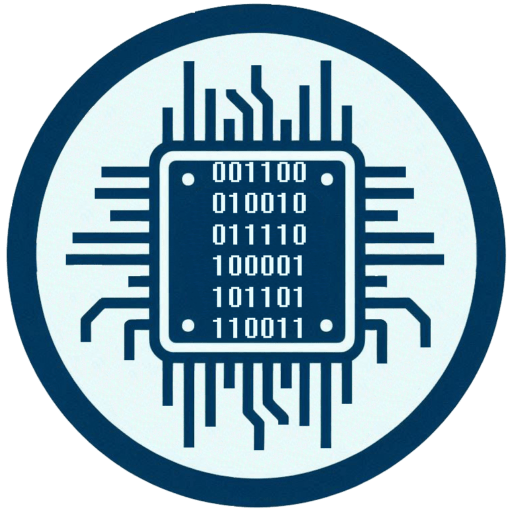Microcontroller vs. microprocessor differences?
-
22. June 2025
Microcontroller vs. microprocessor
Anyone who takes a closer look at electronics and embedded systems will sooner or later come across the question:
What is the difference between a microcontroller and a microprocessor?
Although both components sound similar, they differ significantly in technical and functional terms - with implications for performance, complexity and intended use.
Microcontrollers - compact, efficient, specialized
A microcontroller (MCU) is a system-on-chip: It combines the computing unit, memory and peripherals on a single chip.
Typical properties:
Integrated flash memory (program), SRAM (data)
Built-in peripherals: GPIOs, timer, ADC, UART, I²C, SPI, PWM, watchdog etc.
Energy-efficient, for power-saving continuous applications
Real-time capable - direct control via hardware
Low clock frequencies (e.g. 8 MHz - 200 MHz)
No operating system required - runs “bare metal” or with RTOS
Examples:
ATmega328 (Arduino Uno)
STM32F1/F4 (Blue Pill, Nucleo etc.)
ESP8266 / ESP32 (whereby the ESP32 is already a borderline case - see below)
Typical applications:
Control systems, sensors, measuring devices, automation, automotive, IoT, embedded systems of all kinds.
Microprocessor - powerful, flexible, complex
A microprocessor (MPU) is primarily the computing unit (CPU) - without memory or peripherals.
For a functioning system, it needs additional chips: RAM, flash, peripheral controllers, etc.
Typical properties:
High computing power (clock frequency > 1 GHz)
External RAM and memory
Ausgelegt für Multitasking and operating systems
Non-real-time capable (as a general rule)
More complex bus architectures (e.g. AHB, AXI)
Examples:
ARM Cortex-A (e.g. Raspberry Pi)
x86 (Intel, AMD in PCs and industrial systems)
RISC-V MPUs such as SiFive
Typical applications:
Smartphones, embedded Linux systems, routers, panels, SBCs (single board computers), image processing, computing-intensive embedded applications.
Overview of important technical differences.
Microcontroller vs. microprocessor
| Characteristic | Mikrocontroller | Microprocessor |
|---|---|---|
| Memory | Integrated (Flash, SRAM) | External (DRAM, eMMC, etc.) |
| Peripherals | Internal (GPIO, ADC, UART...) | External via additional ICs |
| Power consumption | Very low | High |
| Processing power | Medium to low | High |
| Operating system necessary? | No (bare metal or RTOS) | Yes (e.g. Linux, Android) |
| Real-time capability | Yes | Mostly no |
| Complexity | Low | High |
| Area of application | Embedded / Controls | User-oriented systems |
Special case SoC - in between?
Some systems such as the ESP32 or the Raspberry Pi Zero W blur between the worlds:
The ESP32 is technically a microcontroller with a dual-core CPU and WLAN/Bluetooth stack - but provides enough power for simple operating systems (FreeRTOS).
A System-on-Chip (SoC) like the Raspberry Pi combines processor, graphics, memory controller etc. on one chip - but remains a microprocessor-based system.
Tip: The name is less important than what you need:
Real time? → Microcontroller
Multitasking & user interface? → Microprocessor / SoC
Conclusion microcontroller vs. microprocessor
The difference between a microcontroller and a microprocessor is central to any embedded project:
It's not just about performance - it's also about complexity, energy consumption and the intended use.
If you want to work directly with hardware, use the microcontroller.
Do you want an operating system, multitasking or a user interface? Then you need a microprocessor.

